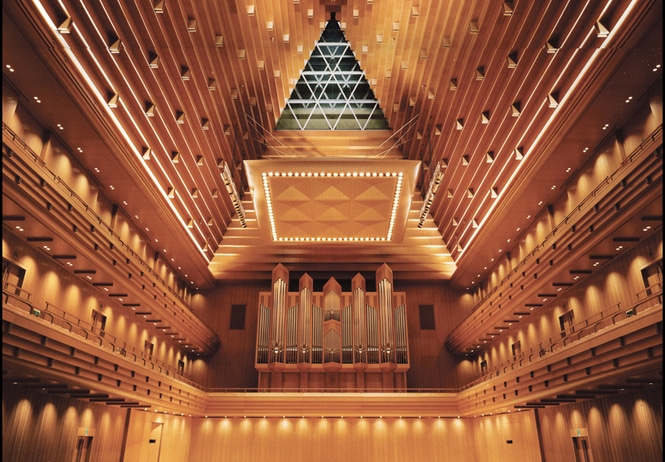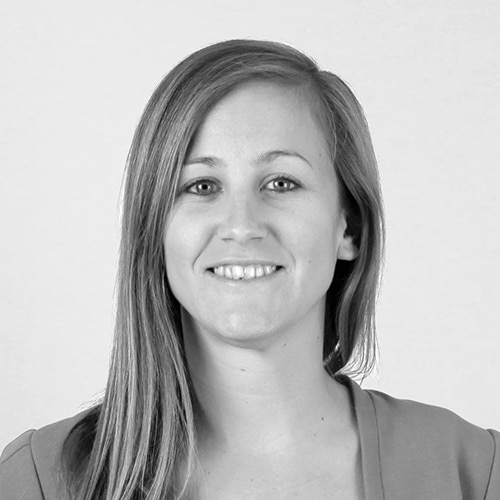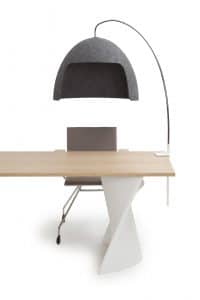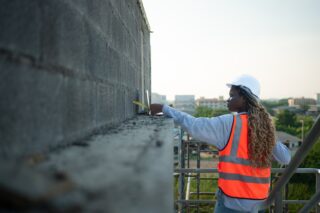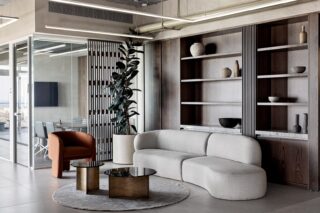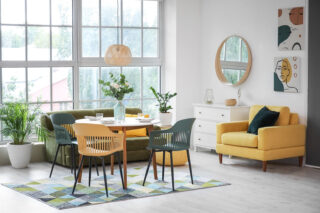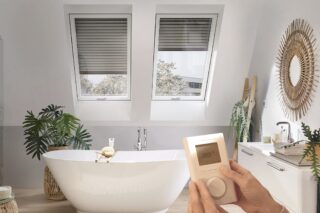LEED- and BIM-savvy consultant firm for services in acoustics, audiovisual, telecommunications and security, the San Francisco-based Charles M. Salter Associates, Inc. offers “sound” advice. Its in-house presentation studio simulates acoustical environments, allowing clients a better understanding.
One of the largest acoustics consultant firms in the U.S., Salter also launched Audio Forensic Center in order to provide “objective scientific analyses regarding audio and video technology and recorded evidence.” In 1998, the firm authored Acoustics: Architecture, Engineering, the Environment, a book for architects, engineers, facility owners and managers, specifiers, contractors, and other professionals with a need for information on acoustics.
ArchiExpo e-Magazine spoke with Ethan Salter, a professional engineer with LEED AP credentials and the principal consultant at Salter.
ArchiExpo e-Magazine: You completed a LEED-Gold certified office expansion in the historic Hallidie Building. What acoustic-related products were used in this project to reach a LEED-Gold level?
Salter: The project was completed in 2013, under LEED-CI v2009. We achieved Pilot Credit 24 for acoustical design, which is now incorporated into LEED v4’s indoor environmental quality credits. We used environmentally benign surface products such as Hunter Douglas Techstyle, Conwed Eurospan, Decoustics Solo wood panels, 9wood ceilings and open office systems furniture by Teknion that is transparent above 42” tall—so we got the benefits of privacy with tall barriers but still achieved LEED requirements for daylight and views.
ArchiExpo e-Magazine: Could you describe the acoustic-related products used in one of your office projects?
Salter: The Dropbox project was a few years ago. More recently, we have worked on several office projects in the Silicon Valley area that use sound-absorptive felt wall panels, as well as highly absorptive lay-in ceiling tiles in conference rooms. For open-plan areas, ceilings were treated using sound-absorptive “clouds” over the workstations.
ArchiExpo e-Magazine: What are the most common acoustic challenges for office spaces?
Salter: The challenge these days is to accommodate the “collaborative” work environment, which is quite common, while still allowing for some privacy and reduction of distractions. This means providing areas where people can have phone conversations without unduly disturbing their neighbors. Also, green buildings can tend to have more hard surfaces (e.g., glass, concrete, etc.), so providing absorptive materials in those environments is very important. But more “green” materials are containing acoustical qualities. Vendors are offering materials that previously used fiberglass, and are now using either formaldehyde-free fiberglass or else cotton within them.
ArchiExpo e-Magazine: What are some innovative acoustic design products?
Salter: Acoustical computer modeling is becoming more available to help predict how a space could sound under various conditions. This modeling uses the architect’s BIM model to overlay various materials.
Don’t miss a recent article on Mario Seneviratne discussing LEED V4 at Big5 in Dubai.
